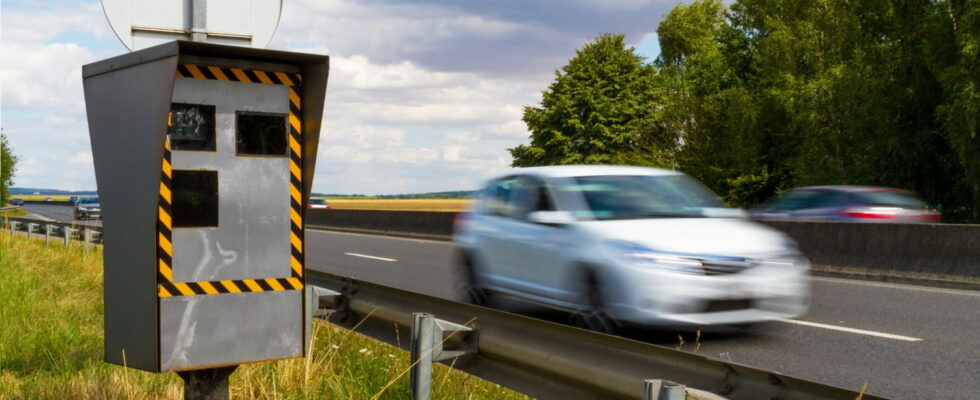All road radars have a margin of tolerance for their speed measurements. And you won’t be flashed if you go slightly beyond the limits indicated on the signs.
For many motorists, speed cameras are a source of concern. Just walking past one of them can be enough to trigger an adrenaline rush, and yet not everyone knows that these devices do not have absolute precision. A margin of tolerance does indeed exist, allowing you, within certain limits, not to be systematically penalized in the event of slightly exceeding the speed limit.
French regulations have in fact integrated this margin to take into account the technical imperfections of radars and vehicle counters. It would therefore be unfair to fine a driver who is barely driving above the limit due to slight fluctuations in speed. But then, what is this famous margin and what speeds should not be exceeded?
On roads limited to 80 km/h, the tolerance is set at 5 km/h. This means that you can theoretically drive up to 85 km/h without risk of immediate sanction, but from 86 km/h, the machine is triggered and the speed retained will be 81 km/h. This mechanism is similar for 90 km/h roads, where the radar flashes from 96 km/h, but the speed retained will be 91 km/h. It may not seem like much, but that small margin can sometimes mean the difference between a fine and just a sigh of relief.
On expressways and motorways, the principle is a little different with a margin expressed as a percentage. On a road limited to 110 km/h, the tolerance is 5%, which allows you to drive up to 116 km/h without incident. Same thing on a highway at 130 km/h: you will be tolerated up to 137 km/h, but beyond that, prepare to receive a hefty fine.
Mobile radars, often feared because they are more difficult to spot, have greater tolerance. If you are on a motorway, the speed limit is 130 km/h, but mobile speed cameras can allow up to 144 km/h to pass before flashing you. Be careful, however, not to abuse this margin. Even though technology allows you to play with these limits, the goal remains to keep everyone safe.
Please note: it is not because radars have a certain tolerance in their measurement of speeds that you have to drive faster than the limit! Remember that speed remains the leading cause of accidents in France (31%), and that it is the cause of 27% of road deaths, not to mention a large number of injuries, some of which have lifelong consequences. . The limitations are not imposed by chance, but for security reasons; Having a small margin just allows you to be more calm when flirting with the limit, particularly when approaching a speed camera, by avoiding braking suddenly at the risk of causing an accident. This just allows you to concentrate better on the road rather than having your eyes glued to the speedometer.
